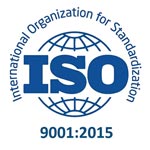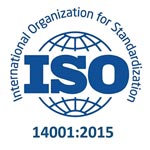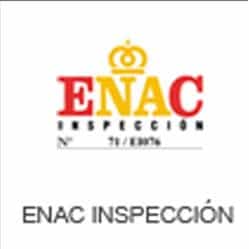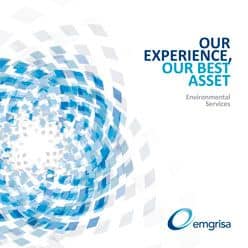
Modification of the relation of potentially polluting activities on soil (Annex I of the Royal Decree 9/2005)
Published 13/11/17
On the 9th of November 2017 an Order amending Annex I of the Royal Decree 9/2005, of the 14th of January, which establishes the relationship of potentially contaminating activities and the criteria and standards for the declaration of contaminated soils was published (link in Spanish).
After more than a decade of implementation of the Royal Decree, the Administration considered it necessary to revise and update the relationship of potentially contaminating activities, in order to adapt it to the latest National Classification of Economic Activities (CNAE-2009) and to streamline administrative procedures.
Part of the activities included in the previous relationship have been removed or watered down, so that the public administrations can focus their efforts on those activities with the greatest potential to cause contamination in the soil.
Among the activities excluded are olive oil mills with a production capacity of less than 300 tons/day (quarterly average value) or the treatment of urban wastewater in sewage treatment plants of less than 2,000 inhabitants equivalent.
With regard to the repair of machinery and equipment referred to in CNAE 33, from now on, only those will be considered as potentially soil contaminating activities which have underground buried deposits/tanks of hazardous substances, consume inks, paints or non-aqueous base varnishes in quantities of more than 1 ton/year or when the potential sources for soil contamination are exposed to the weather or on non-paved surfaces.
Also, activities related to transportation (CNAE 49), shall be considered as a potentially soil contaminating activity when they possess workshops, maintenance, cleaning, storage facilities and/or supply of fuel, storage of hazardous substances, substations or transformers.
Additionally, it should be noted that shooting sports facilities, have been included the annex due to the existence of concentrations of polycyclic aromatic hydrocarbons, lead and other heavy metals that could pose a risk to the health of people and the environment.










